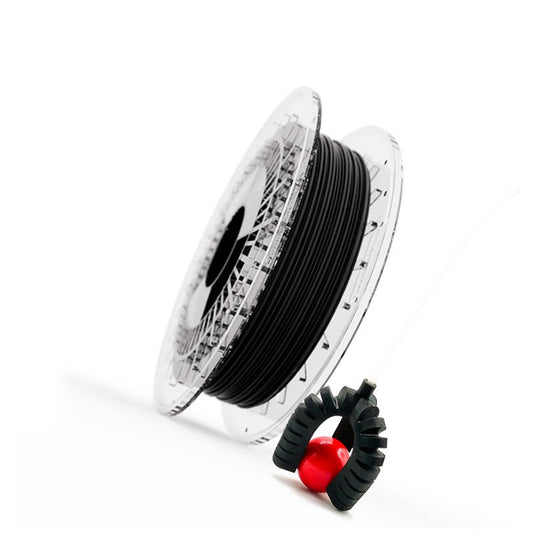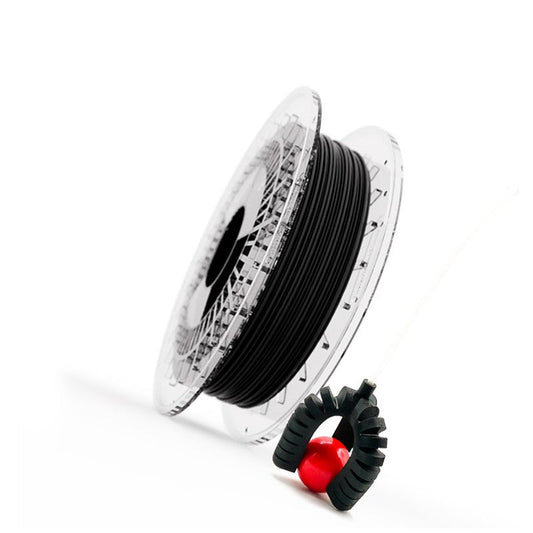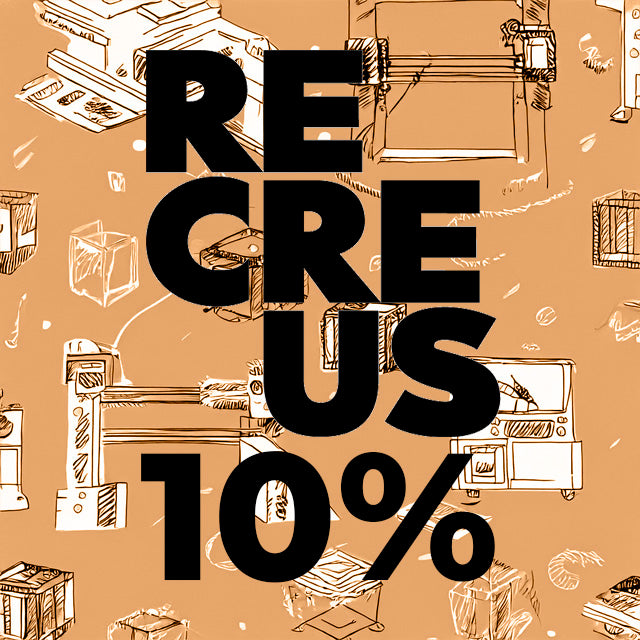Why Infill Design Matters: Revealing the True Performance of Filaflex 82A
Why Infill Design Matters: Revealing the True Performance of Filaflex 82A
A new study shows how the mechanical performance of a flexible material like Filaflex 82A can drastically change depending on something as simple as the infill orientation. Here’s how design decisions can outshine material choice in soft robotics and functional 3D prints.
More Than Looks: How Infill Orientation Shapes Performance
The researchers analyzed our high-performance flexible TPU filament, Filaflex 82A by Recreus, by 3D printing ISO 37 standard specimens with 100% infill and varying internal patterns: 0°, 45°, 90°, and concentric. The results demonstrate how infill orientation becomes a critical design parameter, impacting tensile strength, stiffness, and ductility.



Key Results: Same Material, Four Behaviors
This experiment revealed remarkable differences among the infill orientations:
- 0° infill: Highest tensile strength and stiffness. Ideal for axial load-bearing components that need structural integrity.
- 45° infill: Exhibited the highest ductility with elongation surpassing 300%, perfect for components under large deformations without failure.
- Concentric pattern: Offered a good balance of flexibility and rigidity but showed more sensitivity between samples due to geometric complexity.
- 90° infill: Least stiff and strong, suitable for low-stress regions or flexible transitions.
These results are supported by stress-strain curves, mechanical data (Young’s modulus, ultimate tensile strength, and strain at break), and visual fracture analysis.

Practical Value for Recreus Users
Whether you are prototyping soft robotics, wearable tech, or cushioning components, understanding how to leverage infill orientation can give your prints targeted mechanical properties—without switching materials. This positions Filaflex 82A as a versatile, tunable solution for advanced applications.
- Soft robotics actuators and joints
- Energy-absorbing structures with concentric reinforcement
- Flexible hinges or deformation zones in wearable gear
Conclusion: Design First, Material Second
This study highlights an essential message: even the best material must be properly applied. With Filaflex 82A, adjusting the infill strategically changes the mechanical response, enabling you to fine-tune your prints for strength, flexibility, or energy absorption—without changing filaments.
At Recreus, we believe in combining material science and smart design. This study proves that both go hand in hand to unlock the full potential of flexible 3D printing.
Source & Credits
Rodríguez-Sanz, A., Sánchez, C., Martínez, S., Monje, C. A.
Universidad Carlos III de Madrid
Study: "Influence of Infill Pattern Orientation on the Mechanical Properties of Shore 82A TPU"
Featured material: Filaflex 82A by Recreus
Presented at: CEA Robotics, Bioengineering and Automation Symposium 2025









